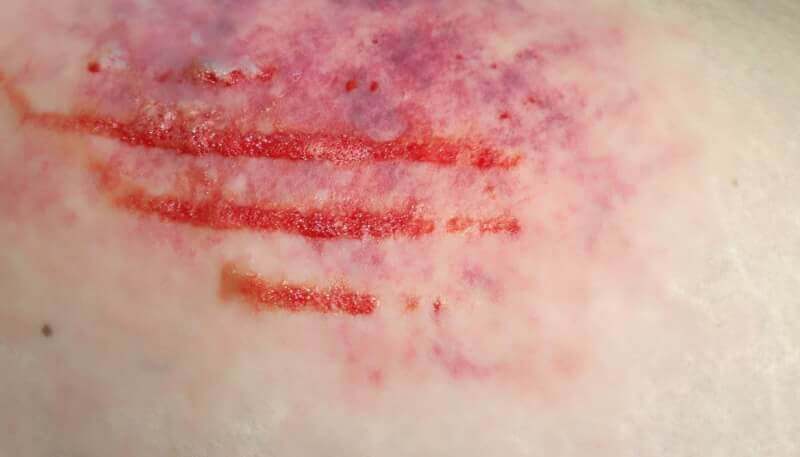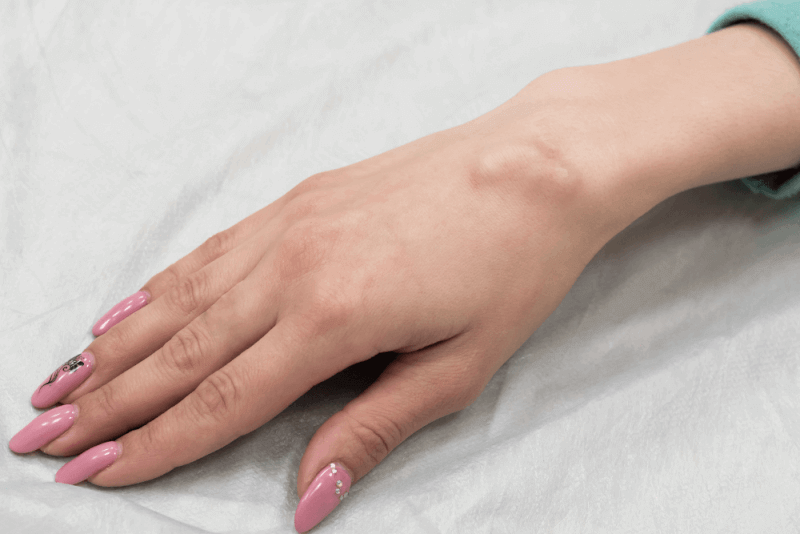When sarcoma occurs in soft tissue, it is called soft tissue sarcoma. If it occurs in bone, it is called bone sarcoma or osteosarcoma. Sarcoma, one of the rare types of cancer, originates from connective tissues. The role of connective tissues is to connect and support the tissues in the body. There are more than seventy types of sarcoma because it can occur in fat, muscle, bone, nerve, tendon and cartilage.
Sarcomas are rare in adults. However, they account for 15% of childhood cancers. The most common sites of sarcomas are the head, neck, arms, abdomen and legs.
Symptoms of Soft Tissue Cancer
Among the most common symptoms of sarcoma;
- Involuntary weight loss, abdominal pain,
- Fracture of bones even with minor impacts,
- There is a painful or painless lump anywhere in the body.
Causes of Soft Tissue Cancer
The exact cause of sarcoma is unknown, but it is thought to be the result of a mutation in DNA. In addition, there are some factors that increase the risk of sarcoma.
Inherited Syndromes
Some hereditary diseases inherited from the family can cause sarcoma. The most common inherited diseases in this situation include eye tumors and neurofibromatosis type 1.
Radiotherapy
Receiving radiotherapy for any reason is one of the factors that increase the risk of sarcoma.
Lymphedema
It is a disease that occurs due to a disorder of the lymphatic system and causes swelling in the relevant lymph areas. Patients with lymphedema may also develop angiosarcoma.
Chemicals
Some pesticides and industrial chemicals that people are exposed to increase the risk of sarcoma of the liver.
Viruses
A virus called human herpes virus can cause a type of sarcoma called Kaposi’s sarcoma, especially in people with weakened immune systems.
Types of Soft Tissue Cancer
ÇThere are many types of sarcomas and the types seen in soft tissue are as follows.
Angiosarcoma
Sarcoma occurs in the blood or blood vessels.
Gastrointestinal
It is a type of sarcoma that affects neuromuscular cells, a specialized cell of the intestine.
Liposarcoma
It is one of the types of sarcoma seen in adipose tissue. It usually starts in the abdomen, thighs and back of the knee.
Leiomyosarcoma
It is a type of sarcoma that occurs in the smooth muscles in the organ walls. It usually occurs in the abdominal wall.
Synovial Sarcoma
It is a type of tumor seen in stem cells. In this type of sarcoma, cancerous tissue formation can be observed around the joints.
Neurofibrosarcoma
It is a type of sarcoma that affects the protective sheaths of the nerves.
Rhabdomyosarcoma
It is a type of sarcoma that occurs in skeletal muscle.
Myxofibrosarcoma
This type of sarcoma affects the connective tissue in the arms and legs of older adults.
Mazenchymomas
It is a rare type of sarcoma. In this type of sarcoma, which can occur anywhere in the body, other sarcoma elements are combined.
Vascular Sarcoma
It is a type of sarcoma that occurs in blood vessels.
Schwannom
It is a type of sarcoma in which the tissues covering the nerves are affected.
Kaposi Sarcoma Types
There are subtypes of Kaposi’s sarcoma that spread through lymph and blood. Kaposi, a type of sarcoma that generally affects the skin, can also occur in other tissues. It is a subtype of sarcoma caused by the human herpes virus. They surround the lymph vessels in the skin and are malignant tumors. Cancer, which starts as purple spots on the skin, causes blisters to form on the skin over time. Kaposi’s sarcoma, which can start in different parts of the body at the same time, is especially seen in people with suppressed immune systems.
How are Soft Tissue Cancers Diagnosed?
If there is a palpable mass in any part of the body, a biopsy examination is performed to determine the type and staging of the tumor. The biopsy can be performed under ultrasound, directly or under CT guidance.
MRI is the best method to visualize soft tissue sarcomas. He or she may also order a PET scan, direct radiography or tomography.
Treatment of Soft Tissue Cancer
Surgical treatment methods are generally applied in the treatment of soft tissue cancers. A pathologic sample is taken during the surgical procedure. Patients may undergo radiotherapy after surgery. Radiotherapy, on the other hand, is used directly in the treatment of sarcomas in the early stages. Radiotherapy is also a treatment option if patients are not suitable for surgery.
Immunotherapy
Immunotherapy, a treatment method that has been applied in recent years and targets cancerous cells while preserving healthy cells, is frequently used in sarcoma treatments. The drugs used in this treatment method enable the immune system to fight cancer cells.
Ablation Therapy
Electricity, cold liquid or high-frequency ultrasound waves are used to destroy cancer cells. Electricity is used to heat cells, cold liquid to freeze cells and ultrasound waves to destroy cancerous cells.
Soft Tissue Cancer Nutrition
foods that are good for soft tissue cancer are: şunlardır:
- Turnip
- Onion,
- Black radish
- The angry leaf dish,
- Garlic
- Mint,
- Sorrel dish
- Coriander
- Red beetroot
- Celery
- Dandelion
- Ispirit,
- Stinging nettle
- Hula hinkal,
- Artichoke,
- Hibiscus,
- Broccoli,
- Wheat must,
- Wheatgrass
- Kenircu,













